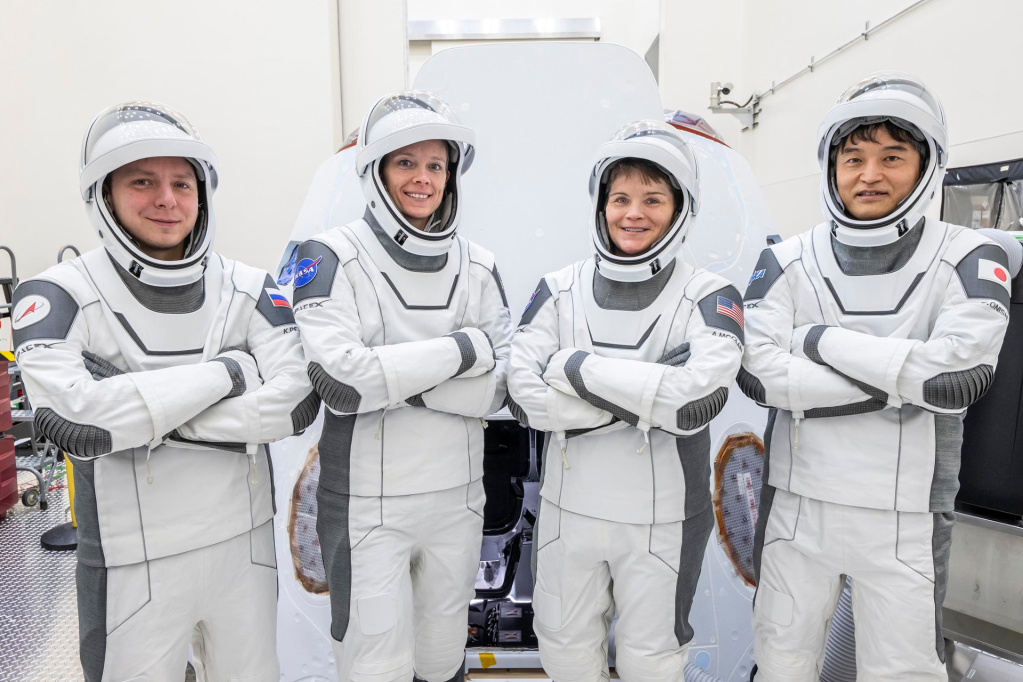Lorenzo Valdevit
University of California, Irvine
ESI 2017 Quad Chart Lorenzo Valdevit
The overarching goal of this program is to develop and deliver a platform for scalable fabrication and optimal design of ultra-high performance ceramic and metallic truss core sandwich panels for large-scale (10’s of meters) thermo-structural space applications. The proposed fabrication approach builds upon two additive manufacturing innovations recently developed by our co-PIs at HRL Laboratories: (i) a novel photopolymerizable pre-ceramic resin that pyrolyzes to SiOC and is compatible with all stereolithography-type processes, and (ii) the self-propagating polymer waveguide (SPPW) fabrication process, which enables roll-to-roll fabrication of micro and macro-lattice cores over large areas. These cores will be post-processed into hollow metallic or solid ceramic truss core lattices and bonded to face sheets.
The key scientific innovation is the integration of models and experiments at multiple scales to elucidate the dependence of mechanical/thermal properties of ceramic and metallic lattices on manufacturing parameters/defects and topology. This scientific understanding will be incorporated in predictive performance models that will be used in optimal design tools. The proposed optimized designs will possess exceptionally high specific stiffness and strength, low thermal conductivity, sufficient toughness for structural applications and can be manufactured in curved and complex shapes. A particular implementation based on this concept would result in a load-bearing structure with debris and micrometeorite shielding performance superior to SOA parasitic D/M shields (e.g., Whipple shields), potentially resulting in dramatic weight savings at the vehicle level.

























